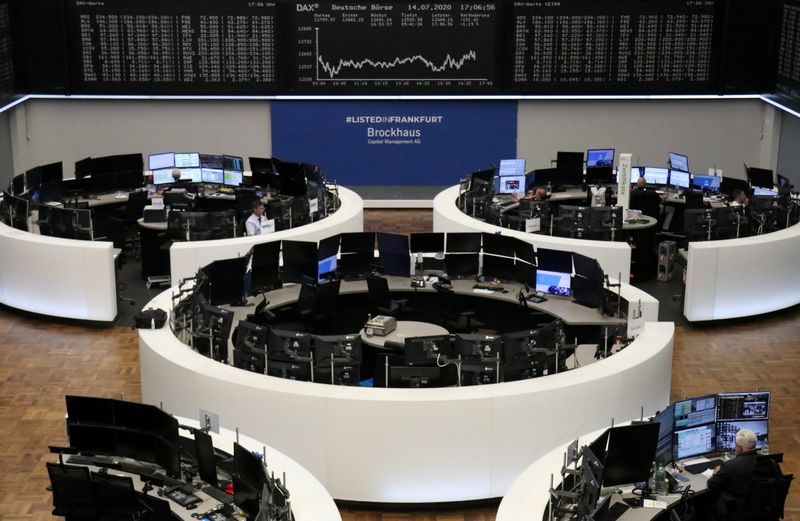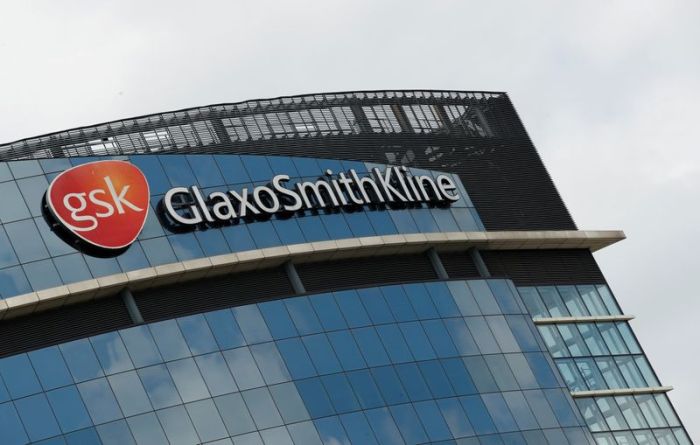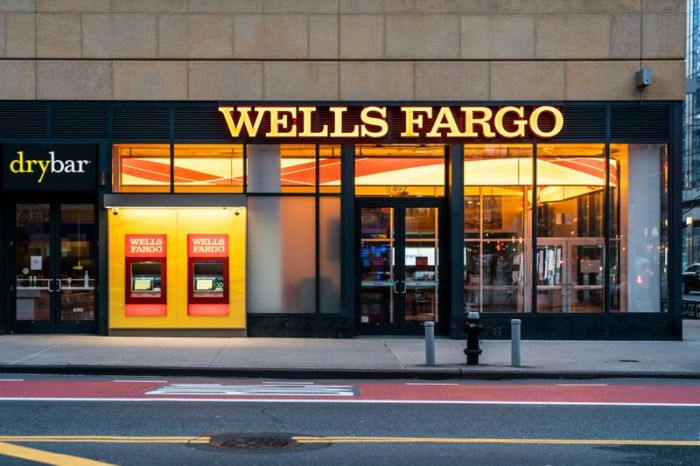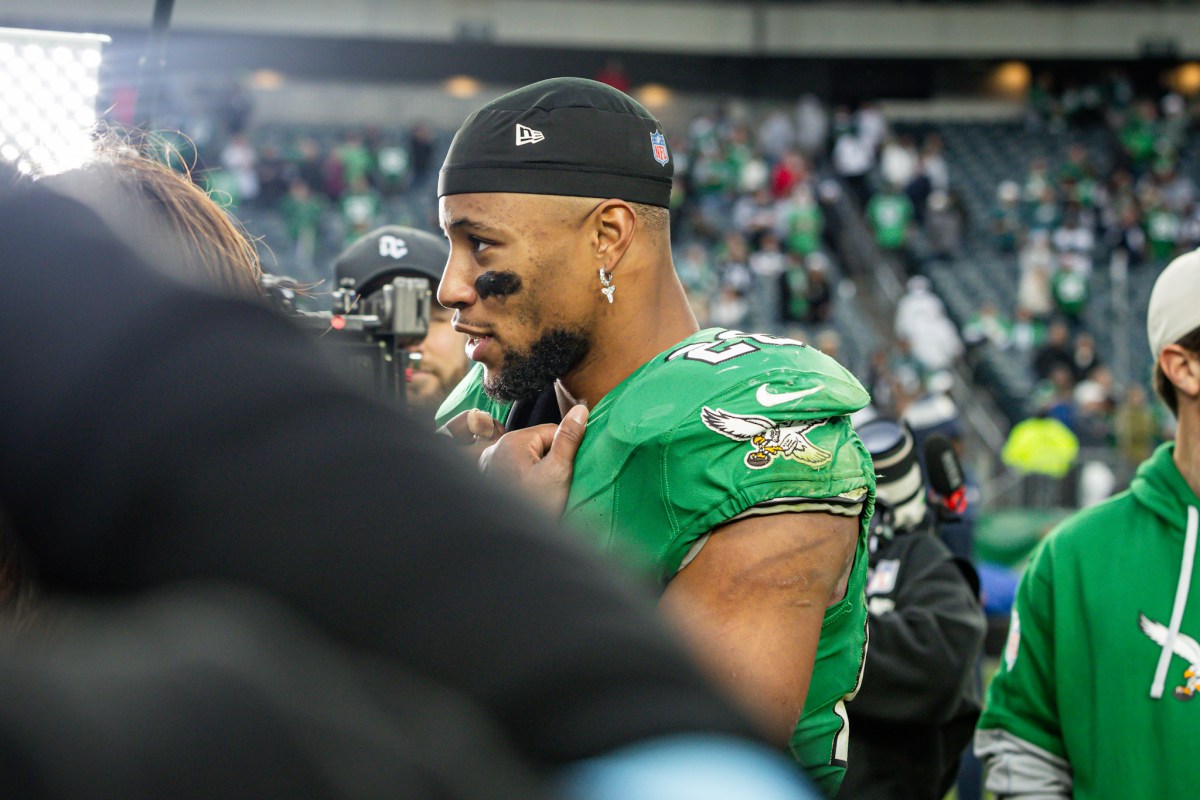(This July 14 story corrects currency conversion, paragraph 7.)
LONDON (Reuters) – Equity investors are no longer losing sleep over the short-term hit to company earnings from coronavirus lockdowns, instead they are looking for early evidence to support the V-shaped recovery narrative that has lifted stocks out of their mid-March crash.
As Europe Inc starts churning out trading updates expected to show a more than 50% dive on average in second-quarter profits, many investors are keen to see whether the market bounce back can be sustained.
European stocks have on average risen a whopping 36% from March 16 lows sending their valuations soaring to over 17 times their projected annual profits, well above the historic average of 14 according to Refinitiv data, indicating investors are happy paying a premium to buy stocks despite the uncertainty.
Many companies pulled their guidance during the peak of the coronavirus crisis, leaving investors in the dark for the rest of the year, prompting them to write off the first-half of 2020.
“One of the things that we’re watching for most closely is those companies that did withdraw guidance, do they now feel that they have enough visibility to return (to) giving guidance”, said Sunil Krishnan, head of multi-asset funds at Aviva Investors.”
Flying blind into the earnings season, investors are eager to get a concrete sense of how companies are coping on the ground.
“We will be looking at what are the trends in terms of demand, what are the trends in terms of companies’ ability to preserve cash during this lockdown”, said Kasper Elmgreen, head of equities at Europe’s top asset manager Amundi with 1.53 trillion euros ($1.75 trillion) in assets under management.
Rather than basing an investment decision on a company’s earnings beating consensus, investors say they will focus on the outlook provided in press releases, press conferences and analyst presentations.
UBS analysts also stressed the importance of improved visibility.
“What is more important … is how the corporate sector views the outlook, the strength of the recovery in regions that have already exited lockdown and what impact the government measures are having on costs,” they said in a note.
Last week, SAP <SAPG.DE> said its revenues rose 2% with business activity gradually improving in the second quarter. Shares in the German software maker, which kept its full year outlook, rose 6% on the day to a record high.
Mercedes Benz maker Daimler <DAIGn.DE>, Unilever <ULVR.L> and Philips <PHG.AS> are some of the big European blue-chips reporting earnings next week.
The latest data from Refinitiv on July 14 showed analysts expect on average profits from companies listed on the pan-European STOXX 600 to fall 56.2% year-on-year in the second-quarter.
Graphic: Europe valuations https://fingfx.thomsonreuters.com/gfx/mkt/yzdpxrbzdpx/Pasted%20image%201594732142989.png
Market mavens however believe there is a big margin for error in second-quarter estimates, given analysts in many cases had no precise outlook to factor into their estimates.
They argue there is a greater chance of companies beating market estimates during the quarter as the dire expectations were set at the height of the coronavirus crisis, but a spike in economic activity in June should have helped lessen the blow.
“We are convinced that the extraordinary fiscal plan implemented worldwide will help earnings to recover quicker than market and analyst expectations and will reinforce the V-shaped recovery in the coming months,” Guilhem Savry, head of macro and dynamic allocation at asset manager Unigestion said in a note to clients.
While Refinitiv consensus points to earnings quickly starting to grow again from the first quarter of 2021 by 36.8%, it’s in part due to the easy comparison in January-March 2020 when profits slumped 38.2%.
At best earnings are expected to go back to pre-coronavirus levels by 2022.
Graphic: European earnings https://fingfx.thomsonreuters.com/gfx/mkt/ygdpzwlodvw/Pasted%20image%201594732586153.png
Graphic: U.S. vs Europe earnings https://fingfx.thomsonreuters.com/gfx/mkt/oakpeawknpr/Pasted%20image%201594733138033.png
($1 = 0.8770 euros)
(Julien Ponthus and Joice Alves; editing by Emelia Sithole-Matarise)





















